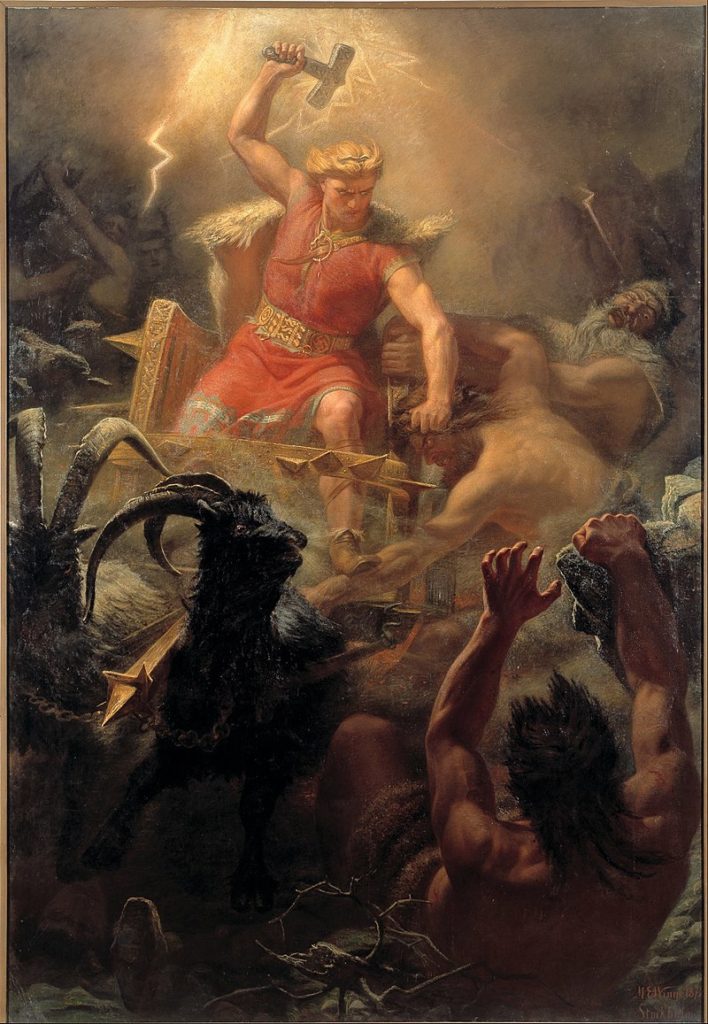
Credit: NASA
From the Arizona Daily Sun, September 4, 2021
The evening sky currently features the two largest planets in our solar system, Jupiter and Saturn. Since ancient times, sky watchers have gazed with wonder at these giants and been so inspired by them and their planetary siblings that they have even incorporated them into everyday life. One way they did this had to do with naming the days of the week.
People have used astronomy, in fact, to define most of the major units of time we use in everyday life. Earth orbits the sun once per year, the moon circles Earth once per month, and Earth spins on it axis once per day. But what about the week? It is not a naturally occurring phenomenon, but rather a human invention (though as we will see, it also may relate to astronomy). Why seven days? Why not five or eight or 10?
The seven-day week goes back to ancient times and several theories explain its origin. In fact, multiple cultures may have independently conceived of the idea, and for varying reasons. Different names are therefore used today by different cultures.
Some naming systems are simply based on order. Russian, for instance, uses the following: Monday = Ponedelnik (“do-nothing”), Tuesday = Vtornik (second), Wednesday = Sreda (middle), Thursday = Chetverg (fourth), Friday = Pyatnotsa (fifth), Saturday = Subbota (sabbath), and Sunday = Voskresenye (resurrection).
The Seven Classical Planets
The English week names we are familiar with are not linked to order, but instead to the seven major celestial bodies known to the ancients. The Sun and Moon were especially obvious, but five other bodies also highlighted the night skies. These five became known as the planets, from the Greek word planetes, meaning the wanderers, and were named by the ancient Babylonians for their important gods and goddesses. In addition to English, most other Latin-based languages use the Roman versions of these mythological characters to identify the planets. *Note – in the times when people still thought we lived in an Earth-centered universe, with celestial bodies all orbiting Earth, the Sun and Moon were considered planets. This was also centuries before the discovery of planets beyond Saturn. Those first five planets, along with the Sun and Moon, were sometimes called the seven classical planets.

Sunday is named after the Sun and comes from the Latin dies solis, meaning the day of the Sun. In Spanish, Sunday is known as Domingo. Monday recognizes the Moon and comes from the Latin dies lunae, the day of the Moon. The Spanish word for Monday, Lunes, directly derives from the Latin term, as is the case for most of the Spanish planet names.
Tuesday is named after Tiw, the Anglo-Saxon god of war, whose Roman equivalent was Mars. Mars, in turn, is from the Latin Martis, which also leads to the Spanish Martes. Wednesday derives from the chief Norse god Woden, which is identified with the Roman god Mercury. This name is from the Latin Mercuii (Spanish is Miercoles). The fifth day of the week, Thursday, is after the Norse god Thor, associated with the Roman king of gods Jupiter. Jupiter is from the Latin Jove (Spanish is Jueves).
Friday is from the Nordic goddess Freya, similar to the Roman goddess of love Venus (Latin is Veneris, Spanish is Viernes). Finally comes one of our favorite days, Saturday, from the Roman god of agriculture Saturn (Latin is Saturni, Spanish is Sabado).
Once we remember the origin of our day names, they serve as useful reminders of the importance astronomy had to the ancients in their everyday lives.